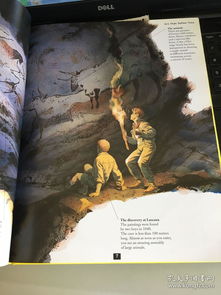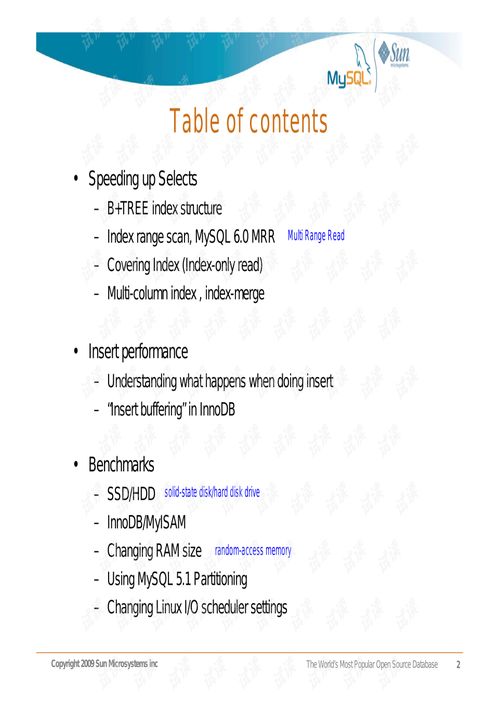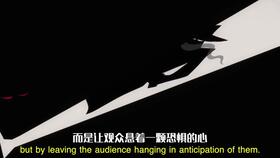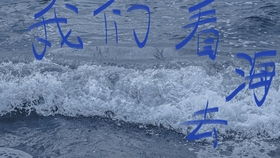Content:

Fishing is an ancient and beloved pastime that has been enjoyed by people across the globe for centuries. It is a tranquil activity that can be both relaxing and rewarding. However, one of the most challenging aspects of fishing is avoiding the dreaded "drift." Drifting occurs when your fishing line is pulled away from your boat or position, causing you to lose control of your bait or lure. In this article, we will discuss some valuable tips and techniques on how to fish without drifting, ensuring a more successful and enjoyable angling experience.
Choose the Right Equipment
The first step in preventing drift is to ensure you have the appropriate equipment. Select a fishing rod and reel that are designed for your specific fishing environment. For instance, if you are fishing in a river or stream, you will need a lightweight rod and reel to maintain better control. Additionally, make sure your line is the correct weight and material for the fish you are targeting.
Learn to Cast Properly
One of the primary causes of drift is an improper cast. By mastering the art of casting, you can maintain better control of your fishing line and reduce the likelihood of drifting. Here are some casting tips to help you improve your technique:
- Practice your grip: Hold the rod with a comfortable grip, using your fingers to control the rod. Avoid squeezing too tightly, as this can cause unnecessary tension.
- Work on your wrist: Your wrist is your primary tool for casting. Practice flicking your wrist in a smooth, controlled motion to propel your line.
- Pay attention to your back cast: A strong back cast will help you achieve a better forward cast. Ensure you are casting with the correct angle and distance.
- Adjust your rod tip: As you cast, maintain a slight bend in your rod tip to keep tension on the line.
Use the Right Technique
There are several fishing techniques that can help you minimize drift, such as:
- Still fishing: This involves anchoring your boat or position and letting your bait or lure sit still on the bottom. It is ideal for fish that are less active or feeding near the bottom.
- Drift fishing: If you are fishing in a river or stream, drift fishing can be effective. Cast your line upstream and let it drift naturally with the current. Adjust your position and cast as needed to maintain the drift.
- Trolling: Trolling involves moving your boat or position slowly through the water, dragging your bait or lure behind you. This technique is often used in lakes and oceans.
Pay Attention to the Current
Understanding the current is crucial in preventing drift. Study the water's flow and adjust your technique accordingly. If the current is strong, consider using heavier bait or lures to keep them on the bottom. Additionally, you may need to adjust your casting distance or timing to compensate for the current's pull.
Monitor Your Line
Always keep an eye on your line to detect any signs of drift. If you notice your bait or lure moving away from your position, gently reel in the excess line to regain control. It is essential to be patient and attentive throughout your fishing session.
Learn from Experience
Lastly, fishing is a skill that improves with practice. Take note of your successes and failures, and adjust your techniques accordingly. Over time, you will become more adept at maintaining control of your fishing line and avoiding drift.
In conclusion, fishing without drifting is a skill that requires practice and attention to detail. By selecting the right equipment, mastering your casting technique, using the appropriate fishing methods, and paying close attention to the current, you can greatly reduce the likelihood of drifting. With these tips in mind, you will be well on your way to a more successful and enjoyable angling experience.












